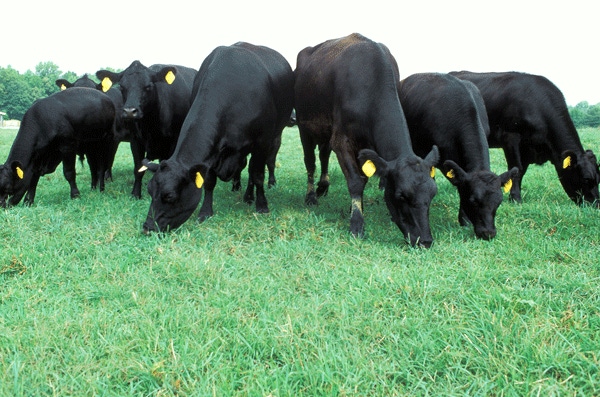December 1, 2010

USDA's Natural Resources Conservation Service (NRCS) has issued the final rule for the Grassland Reserve Program (GRP), which defines requirements for participants and incorporates changes to program implementation requested by the public. The final rule can be viewed at http://www.regulations.gov.
"We have lost more than 21 million acres of ranchland and pastureland to development over the past 25 years," said NRCS Chief Dave White. "GRP helps to retain agricultural lands ensuring healthy and diverse ecosystems that benefit the landowner and the surrounding community while also providing wildlife habitat."
The final rule addresses public comments on various program definitions, wind power, native species, landowner contributions, long-term management funding, ranking priorities, state-level priorities and the terms and conditions of GRP deeds.
GRP is a voluntary program that helps landowners restore and protect grassland, rangeland, pastureland, scrubland, and other lands, and provides assistance for rehabilitating grasslands. The program supports working grazing operations, enhancement of plant and animal biodiversity, and protection of grassland and land containing shrubs and forbs under the threat of conversion.
Available in all 50 states
NRCS and USDA's Farm Service Agency (FSA) administer the program. Applications are accepted continuously. Each application is ranked by the NRCS State Conservationist and the FSA State Executive Director based upon criteria developed with input from the state technical committee.
Participants agree to limit future development and cropping uses of the land. They retain the right to conduct common grazing practices and operations; this is subject to certain restrictions during nesting seasons of bird species that are in significant decline. A grazing management plan is required for all participants.
Privately-owned grasslands and shrublands make up the largest land cover on America's private lands, covering more than 525 million acres. Grasslands are vital to livestock production. They provide food, cover, and nesting areas for wildlife, and filter nutrients from soil that would otherwise enter surface and groundwater. Healthy grasslands also prevent climate change by storing carbon dioxide that would re-enter the atmosphere and increase the greenhouse effect.
2010 represents the 75th year of NRCS "helping people help the land." Since its inception in 1935, the NRCS conservation delivery system has advanced a unique partnership with state and local governments and private landowners delivering conservation based on specific, local conservation needs, while accommodating state and national interests.
You May Also Like




